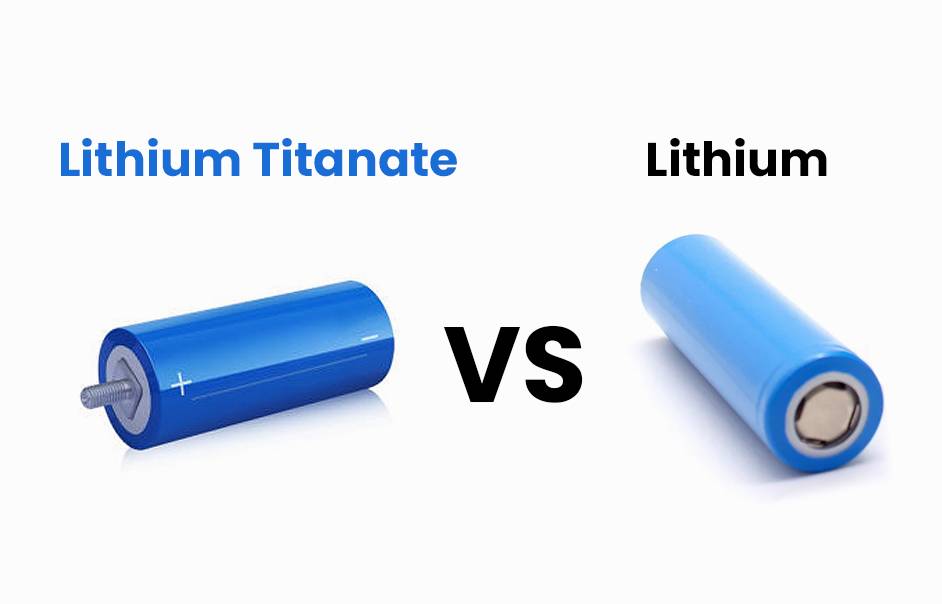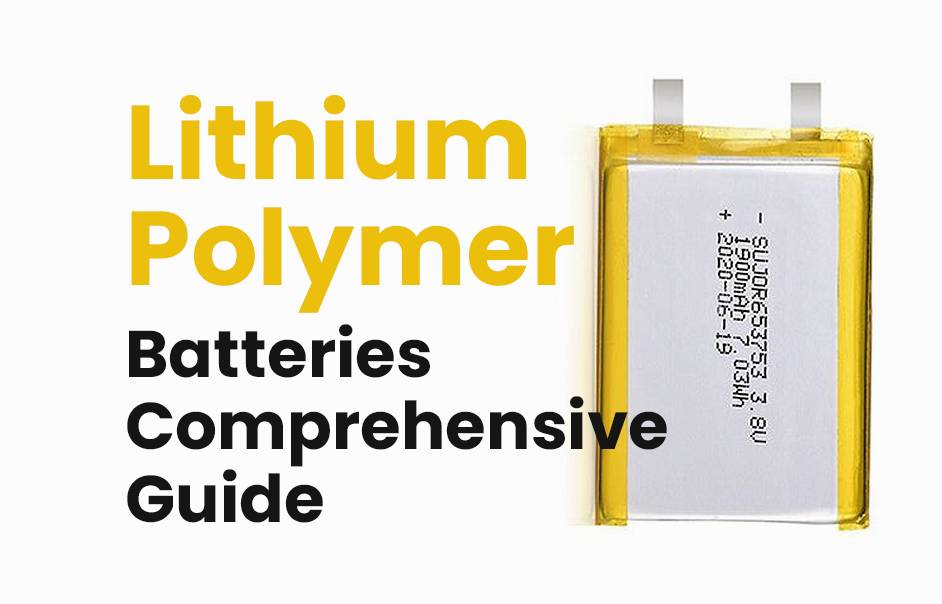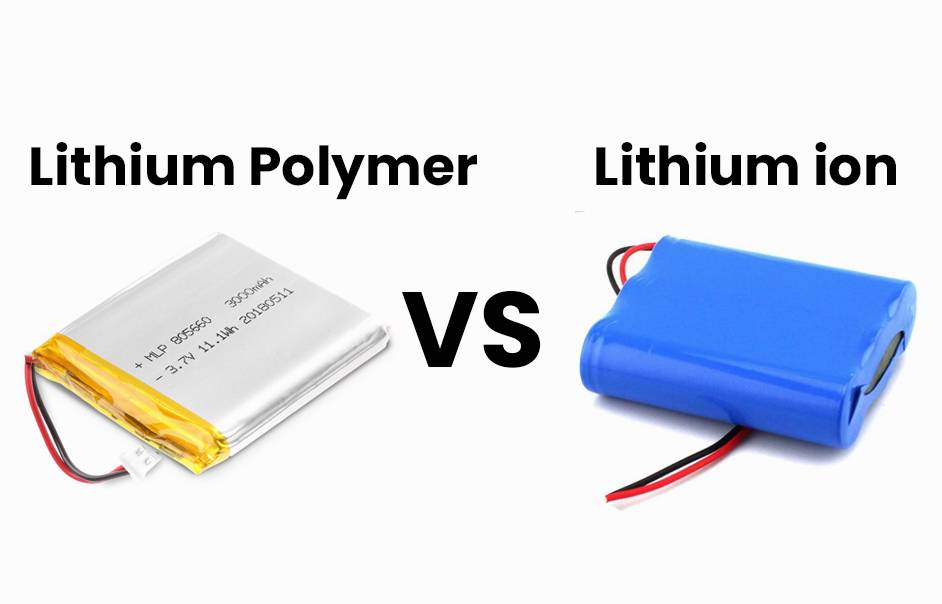
Blog
Which Battery Is Better: Lithium Titanate (LTO) or LiFePO4?

Lithium Titanate (LTO) and Lithium Iron Phosphate (LiFePO4) batteries each offer unique strengths: LTO batteries boast ultra-fast charging, exceptional safety, and extremely long cycle life (over 10,000 cycles), while LiFePO4 batteries provide higher energy density, greater cost-effectiveness, and robust safety with cycle lives around 2,000 to 5,000 cycles. The optimal choice depends on application needs like charge speed, runtime, budget, and longevity requirements.
What is the core difference between Lithium Titanate (LTO) and LiFePO4 batteries?
LTO batteries use lithium titanate oxide as the anode material instead of graphite used in LiFePO4 cells. This difference results in LTO batteries having lower energy density but much faster charging ability, superior low-temperature performance, and an extraordinarily long cycle lifespan. LiFePO4 batteries have higher energy density and moderate charging speed but cost less and are widely used in energy storage and electric vehicles.
How do LTO and LiFePO4 batteries differ in cycle life and durability?
LTO batteries outperform LiFePO4 with reported cycle lives exceeding 10,000 cycles, making them ideal for applications requiring rapid and frequent charge/discharge cycles. LiFePO4 batteries typically range from 2,000 to 5,000 cycles, offering good durability but less than LTO. Both chemistries are highly stable and safer than traditional lithium-ion types.
Which battery charges faster: LTO or LiFePO4?
LTO batteries excel in charging speed, capable of fully charging within 10 to 15 minutes due to their high lithium-ion diffusion coefficient and stable structure. LiFePO4 batteries generally require 2 to 4 hours to charge fully. This fast charging makes LTO favorable in demanding, high-turnover applications.
How do energy density and weight compare between the two?
LiFePO4 batteries have higher energy densities, typically ranging from 90 to 160 Wh/kg, allowing them to store more energy in a smaller, lighter package. LTO batteries have lower energy density (around 50 to 80 Wh/kg), resulting in heavier and bulkier packs for equivalent capacity.
What about safety and thermal stability?
Both LTO and LiFePO4 batteries offer excellent safety profiles compared to traditional lithium-ion chemistries. LTO’s stable lithium titanate anode prevents dendrite formation, reducing fire and explosion risks. LiFePO4 is renowned for thermal and chemical stability, making it less prone to thermal runaway and ideal for general use.
How do cost considerations impact the choice between LTO and LiFePO4?
LTO batteries are significantly more expensive—typically 3 to 5 times costlier than LiFePO4—due to complex materials and manufacturing. LiFePO4 batteries balance cost and performance more favorably, making them the economical choice for most applications unless extreme cycle life or charging speed is paramount.
What are the typical applications best suited for each battery type?
- LTO: High-performance applications requiring ultra-fast charging, extensive cycle life, and robustness in extreme temperatures, such as public transportation (buses, taxis), grid frequency regulation, certain military and aerospace uses, and heavy-duty electric vehicles with rigorous duty cycles.
- LiFePO4: Widely used in electric vehicles, solar energy storage, backup power systems, and consumer electronics where balance between cost, energy density, longevity, and safety is desired.
How do temperature tolerances differ for LTO and LiFePO4?
LTO batteries operate effectively in a wider temperature range, maintaining performance in extreme cold that limits LiFePO4 efficiency. LiFePO4 batteries perform well in standard operating conditions but may degrade faster if exposed continuously to high or sub-freezing temperatures.
How does Redway Power contribute to the manufacture of LTO and LiFePO4 batteries?
Redway Power applies over 13 years of expertise and ISO 9001:2015-certified manufacturing controlled by advanced MES technology to produce both LTO and LiFePO4 batteries. This ensures precise control over chemistry, consistent quality, safe construction, and tailoring batteries to meet demanding OEM specifications for performance, safety, and longevity.
Comparison Chart: Lithium Titanate (LTO) vs LiFePO4 Batteries
| Feature | Lithium Titanate (LTO) | Lithium Iron Phosphate (LiFePO4) |
|---|---|---|
| Anode Material | Lithium Titanate (Li4Ti5O12) | Graphite |
| Energy Density (Wh/kg) | 50 – 80 | 90 – 160 |
| Cycle Life (cycles) | 10,000+ | 2,000 – 5,000 |
| Charging Time | 10 – 15 minutes | 2 – 4 hours |
| Voltage per Cell | ~2.4 V | ~3.2 V |
| Operating Temp Range | Wide, including extreme cold | Moderate, typical ambient range |
| Safety | Excellent, thermally stable | Excellent, thermally stable |
| Cost | High (3-5x LiFePO4) | Moderate |
| Weight | Heavier | Lighter |
| Typical Applications | High-demand transport, grid services | EVs, solar storage, consumer electronics |
Redway Power Expert Views
“Lithium Titanate and LiFePO4 are both game-changing battery chemistries, each suited for distinctive energy storage needs. LTO excels in unparalleled cycle life and blitz charging, while LiFePO4 offers better energy density and cost-efficiency. At Redway Power, we harness state-of-the-art production systems ensuring both chemistries meet rigorous standards, empowering clients to deploy optimized, safe, and reliable batteries tailored precisely to their application demands.” – Redway Power Expert
Conclusion
Choosing between Lithium Titanate (LTO) and Lithium Iron Phosphate (LiFePO4) batteries hinges on balancing fast charging, longevity, energy density, cost, and application needs. LTO is unmatched in ultra-fast charging and extreme durability, while LiFePO4 leads in energy density and affordability. Leveraging high-quality batteries from manufacturers like Redway Power ensures optimized performance and reliable power solutions across diverse markets.
FAQs
Which battery has longer cycle life, LTO or LiFePO4?
LTO batteries have a longer cycle life, exceeding 10,000 cycles compared to 2,000-5,000 for LiFePO4.
Is LTO better for fast charging?
Yes, LTO batteries can charge fully in 10-15 minutes, significantly faster than LiFePO4.
Are LiFePO4 batteries more cost-effective?
Yes, LiFePO4 generally costs 3 to 5 times less than LTO batteries.
Which battery is lighter and has higher energy density?
LiFePO4 batteries are lighter and have higher energy density.
How does Redway Power support these battery technologies?
Redway Power provides ISO-certified manufacturing and advanced MES control to ensure quality and reliability in both LTO and LiFePO4 battery production.







